The Huawei Mate S Review
by Andrei Frumusanu on December 2, 2015 8:00 AM EST- Posted in
- Smartphones
- Huawei
- Mobile
- Kirin
- Mate S
Camera Still Picture Performance
The camera of the Mate S doesn't differ from the one on the P8, we again see usage of an F/2.0 optics module featuring Sony's IMX278 RGBW 13MP sensor, with the camera module also sporting two-axis optical image stabilization (OIS). Image processing is in part done by help of an external dedicated ISP by Altek.
Daytime Pictures
Overall the Mate S's daylight performance doesn't differ from what we've seen on the P8. This also comes with the same drawbacks that we've seen on the P8. The RGBW sensor's reduced resolution is worsened by the reduced clarity of details in objects such as leaves and greeneries brought by the fact that the sensor has only half the green sub-pixels compared to traditional Bayer RGBG sensors as found in other devices.
There were some instances where the Mate S did noticeably differ from the P8. Depending on lightning and subject, the Mate S was able to achieve better exposure and colour balance compared to the P8. This seems to be a result of improved calibration tables of the Mate S's post-processing and ISP. This was also one of the cases where the P8 seemed to have regressed compared to previous Huawei devices so I'm happy to see that the Mate S now is able to achieve comparable results to devices such as the Galaxy S6.
One aspect that Huawei still lags behind is usage auto-HDR mode that is able to choose whether it's best to use HDR or not. I found it quite tiresome to manually switch between the SDR and HDR modes to try to see which gave the best results. Unfortunately there's still instances where the Mate S's HDR mode might look too overexposed, resulting in unnatural images.
Nighttime Pictures
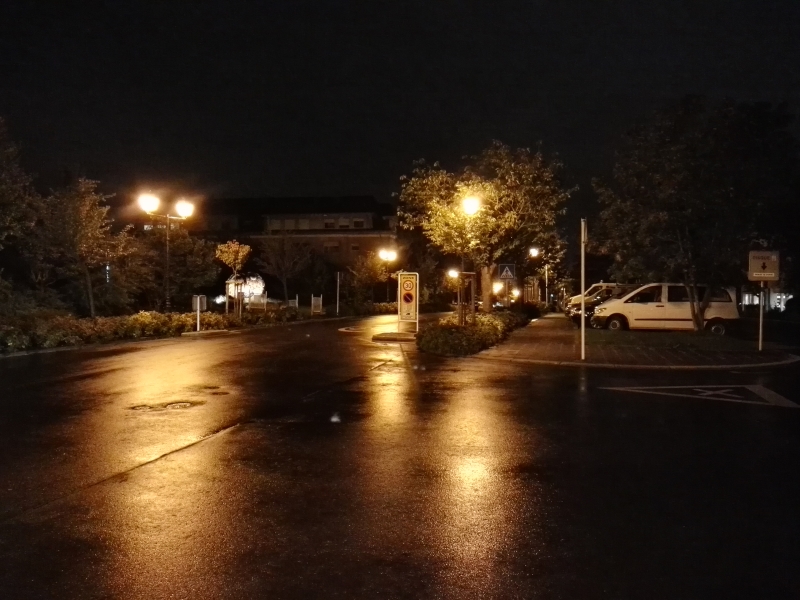
Nighttime differences between the Mate S and the P8 are much more noticeable. While the P8 struggled to properly capture the colour balance caused by the sodium lamps on the streets, the Mate S is able to do a much better job at reproducing the warmer scenes. An odd characteristic and regression on the Mate S in scene 1 was that the device wouldn't properly focus, resulting in some blurred out captures for that scenario.
In the last mixed-lightning scenario we see the Mate S again differ in terms of colour balance and slightly different exposure settings. Unfortunately this time around it's a regression compared to the P8 as it reproduces a too cold image compared to what we see on the P8 or Galaxy S6.
A new addition to Huawei's camera is a "Pro mode" with full manual controls. It allows for choosing between focus modes, an optional analog focus slider, exposure value from -2 to +2 E/V in steps of 0.1 or configuration of the shutter duration from 1/4000th to 8 seconds. ISO is configurable from ISO100 to ISO1600. What I also liked was besides the usual options of pre-configured white-balance presets also a full manual slider from 2800 to 7000K in 100K steps. All in all, this is a feature-complete camera application in terms of the most common manual controls. The device lacks the capability to shoot in RAW format, which is a pity. As for the interface itself, while it does look interesting in terms of design, it still falls behind in terms of usability compared to Samsung's pro mode and more imporantly, LG's pro-mode found on the G4 which I currently see as offering the most extensive and functional UI of any stock smartphone camera application.
Overall the Mate S camera is a good performer, but I wished there would have been more advancements in terms of image processing to achieve a more consistent camera performance. Huawei still lacks a proper auto-HDR option that is able to smartly choose between the two shooting modes, making everyday shooting requiring a little trial & error when trying to get the best shot out of a scene.
Video Performance
We've talked about the rather disappointing video performance of the P8 and deducted that this must be caused by the disappointing ISP and processing of the Kirin SoC. Since the Mate S sports the same hardware we unlikely to see much improvement in terms of video recording performance.
1080p30 - Optical image stabilization
The Mate S lacks 4K recording, so the video settings are best kept at 1080p with OIS always on. Huawei gives the rare option to turn off OIS but I've come to the conclusion that there is no real reason to disable it as it offers no advantage. EIS is still a no-go, as while doing a great job in terms of stabilization, it vastly reduces the effective resolution of the output stream resulting in much blurrier video that is simply no longer acceptable. Even with the optimal settings, the Mate S, similarly to past Huawei devices simply lacks sufficient detail to be able to compete against flagships from other manufacturers.
1080p videos are recorded at a bitrate of around ~9800kbps with a stereo 48KHz 96kbps AAC audio track. As with all previous Huawei devices I've review, the audio recording fidely is again among one of the best of any devices I've used with excellent clarity and stereo audio reproduction, so there's definitely praise to be had in that regard.


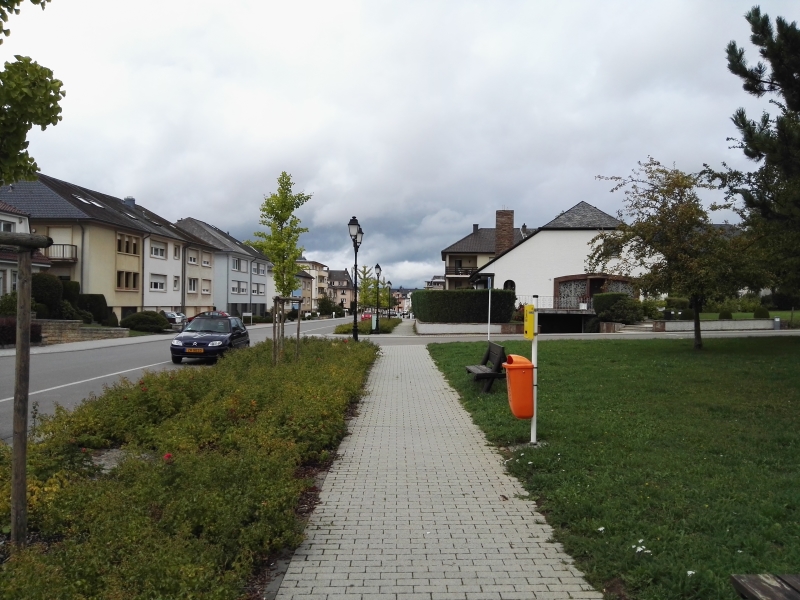












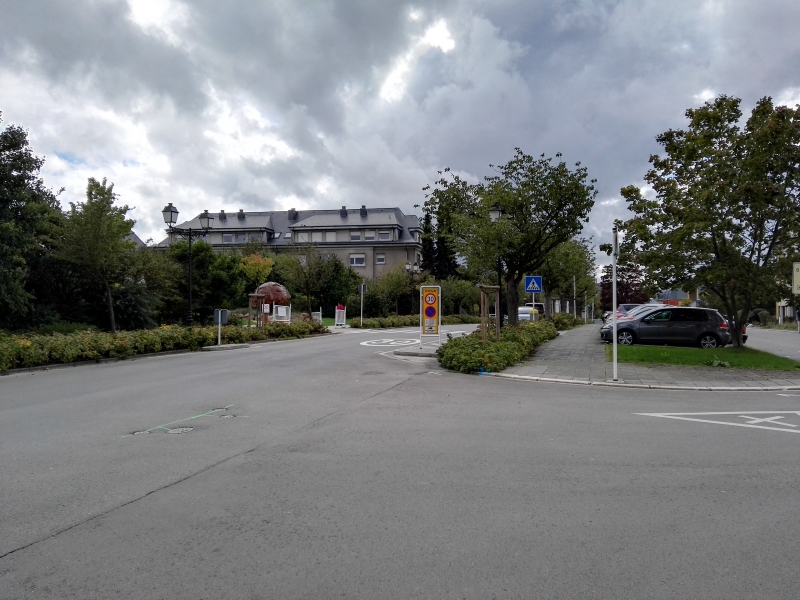





































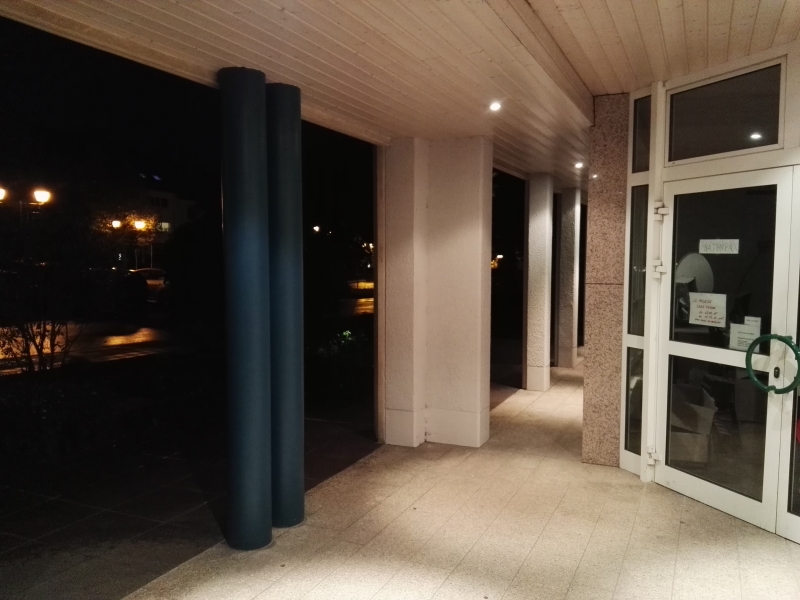






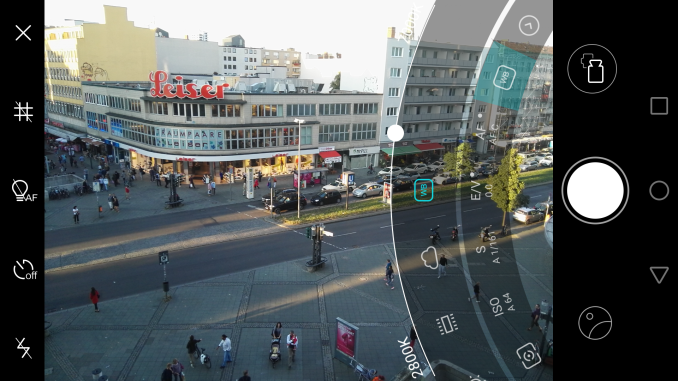








54 Comments
View All Comments
Andrei Frumusanu - Wednesday, December 2, 2015 - link
I did not forget about it:"The big "killer" feature of the Mate S was supposed to be the touted force-touch capability, but with that variant of the phone not being released until next year ..."
That's all there is to say about something that is missing.
Ethos Evoss - Wednesday, December 9, 2015 - link
it is useless anyway..remo_mein05 - Thursday, December 3, 2015 - link
Looks like a solid phone. But Huawei need to stop copying iPhone...http://theyouthjob.com/?ref=103109djgandy - Thursday, December 3, 2015 - link
Typo in conclusion - "great of a decision for costumers"Also are my eyes reading that RRP correctly? Why would anyone pay more than 400 euros for this phone? A Galaxy S6 can be had for around that and it looks like it destroys this in every way.
s.yu - Saturday, December 5, 2015 - link
Good of you to notice. It's sad seeing "high-end" Huawei crap sell.juliabrown943 - Thursday, December 3, 2015 - link
what Jeffery said I am impressed that some one able to make $8960 in one month on the computer . you could try this out.....>>>>>>>............. .earni8 dot ℭomRdVi - Thursday, December 3, 2015 - link
Thanks for the very in depth review. I am increasingly finding myself preferring the design of Huawei and some other Chinese phones, but as for hardware, specs alone do not tell the whole story. Your reviews alone go into the kind of detail about all aspects of performance that I would like when making a purchase - this review has increased that level of detail and insight even further. I only wish you were able to review more devices.Speedfriend - Friday, December 4, 2015 - link
So this consumes 3W of power at its maximum. Any body got a guess what the A9X would be consuming? I am wondering whether the reason we haven't seen a iPad Air 3 this year is that its TDP is too high?probex - Friday, December 4, 2015 - link
Cannot confirm most od the negative conclusions made in this review. Battery life is not an issue as long as you do not use the preinstalled e-mail client, which is very buggy. K9 with push runs like a breeze. The display can be adjusted and looks much more natural than Samsung's breed. Performance in the smartphone area is phantastic - only complex 3D gaming is rather poor (do you realy wonna play 3D shooters on a phome?). I think the mate s is the best Abdroid device I ever owned. And there have been many.Andrei Frumusanu - Saturday, December 5, 2015 - link
It's not a bad phone, but it doesn't live in a vacuum and has competition. If they had priced it more competitively then the conclusion would have been different.